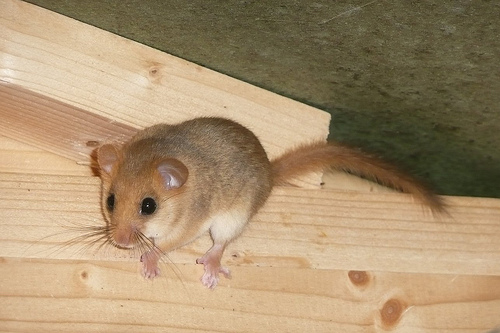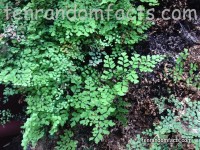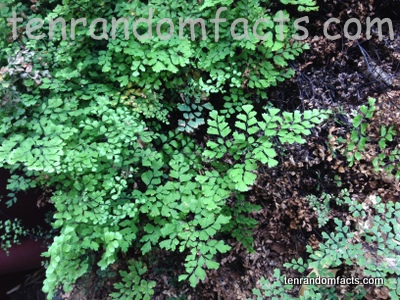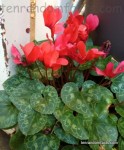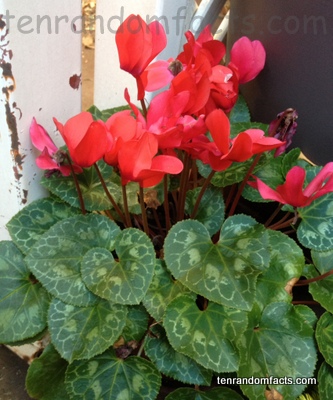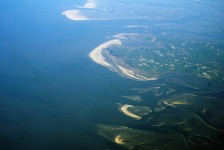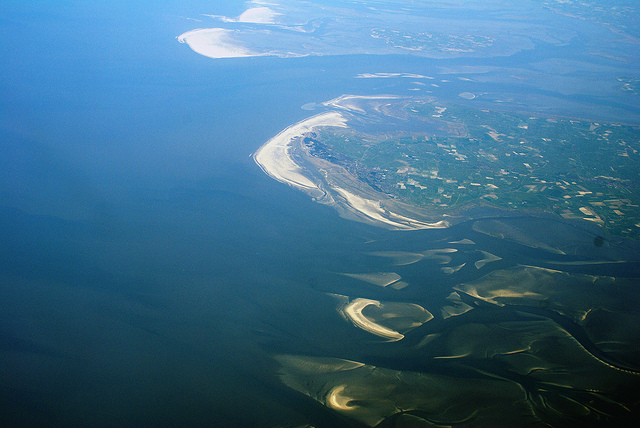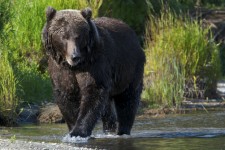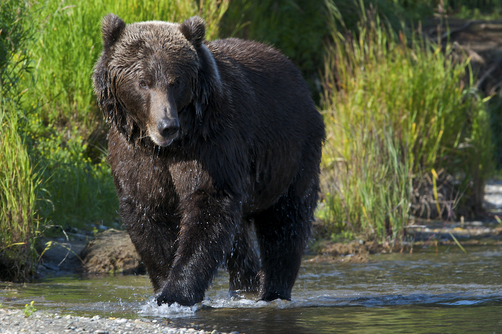
The dormouse is very cute.
- Dormice are small, furry mammals that are native to Europe and parts of Asia and Africa.
- The dormouse has the scientific and family name Gliridae, that has also been known as Myoxidae and Muscadinidae, and includes 29 species.
- Dormice can grow to be 6 to 19 centimetres (2.4 to 7.5 inches) in length, in addition to their long tail, and they can be 15 to 180 grams (0.5 to 6.35 ounces) in weight.
- Dormice are rodents that are a similar shape to a mouse, although they have a furry tail.
- Dormice have diets that mainly consist of vegetation, including fruit, nuts and flowers, along with insects, and they have many predators that include birds and mammals like cats, foxes and weasels.
Dormouse
Image courtesy of Moscardino/Flickr
- Dormice have a life span of up to five years, and females have litters one or two times a year, and on average have four mice per litter.
- Doormice are mostly nocturnal, live in small groups mostly among trees and are good climbers.
- The word ‘dormouse’ possibly comes from the term ‘dormeus’ or ‘dormir’, an Anglo-French word meaning ‘sleepy’, and the animal does have notably extended hibernation periods that can last longer than six months.
- Dormice have been eaten historically by the Ancient Romans, as well as today by some cultures.
- The fur of a dormouse can range from brown, tan, gold, white, grey or black in colour, and their whiskers are black.
Bibliography:
Dormouse, 2014, A-Z Animals, http://a-z-animals.com/animals/dormouse/
Dormouse, 2014, Wikipedia, http://en.wikipedia.org/wiki/Dormouse




